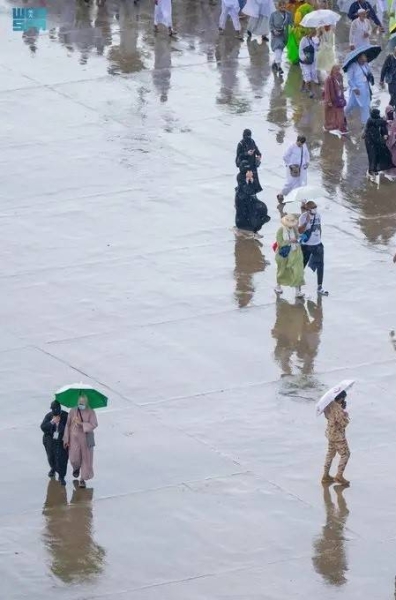The Saudi National Meteorological Center (NMC) has announced that the upcoming Hajj season in 2026 will mark the end of summer Hajj for the next 16 years. Spokesperson Hussein Al-Qahtani stated that the climate for the pilgrimage will shift to the spring season for eight years, followed by another eight years in the winter season. This change is expected to provide relief to pilgrims who often face extreme temperatures ranging between 45 and 47 degrees Celsius during the summer Hajj.
The news has been confirmed by Dr. Mansour Al Mazroui, a member of the Shoura Council and climate change researcher. He elaborated on the seasonal shifts for the Hajj pilgrimage, stating that the winter season will host the Hajj pilgrimage for eight years starting in the Hijri year 1454 and ending in the Hijri year 1461. The fall season will then follow for another eight years from 1462 to 1469, completing a cycle of 33 Hijri years. The pilgrimage will then return to the summer season in the year 1470 and continue for the next nine years.
The decision to shift the Hajj season away from the summer is seen as a positive change for pilgrims as it will provide a more comfortable climate for the religious journey. The extreme heat during the summer season has been a challenge for many pilgrims, especially those coming from cooler climates. With the move to the spring and winter seasons, pilgrims can expect more moderate temperatures and a more pleasant experience during the Hajj pilgrimage.
This shift in the Hajj season also highlights the impact of climate change on religious practices and traditions. As temperatures continue to rise globally, it is crucial to adapt to these changes and make necessary adjustments to ensure the safety and well-being of pilgrims. The decision to alter the timing of the Hajj season is a proactive measure to mitigate the risks associated with extreme heat and provide a more sustainable environment for the pilgrimage.
The announcement of the last summer Hajj for the next 16 years has garnered attention from the Muslim community worldwide. Many see this change as a positive step towards improving the overall experience of the pilgrimage and ensuring the health and safety of all participants. The shift to the spring and winter seasons is expected to create a more comfortable and enjoyable atmosphere for pilgrims, allowing them to focus on their spiritual journey without the added stress of extreme temperatures.
In conclusion, the upcoming changes to the timing of the Hajj season reflect a proactive approach to addressing the challenges posed by climate change. By moving away from the summer season and transitioning to the spring and winter seasons, the Hajj pilgrimage will become more accessible and enjoyable for all participants. This shift highlights the importance of adapting to environmental changes and making informed decisions to ensure the sustainability of religious practices in a changing world.











